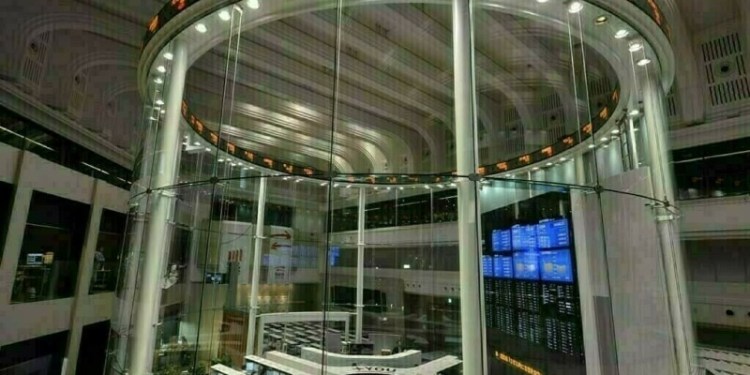SINGAPORE (ICIS)–Spot butadiene (BD) prices in Asia are poised to increase after the week-long Lunar New Year holidays in China on the back of restocking activity, with supply likely to be limited because of scheduled turnarounds at regional crackers, market sources said on Tuesday.
A recent spike in naphtha costs is also expected to nudge up BD prices, they said.
BD was last assessed at $695/tonne CFR (cost & freight) NE (northeast) Asia on 13 February, steady from the previous week, according to ICIS data.
“Naphtha prices have risen and eroded our margins, so we have no choice but to raise our offers to $750/tonne CFR northeast NE Asia,” a northeast Asian BD producer said.
From early January, naphtha prices have gained nearly 30% to average $545/tonne CFR Japan on 23 February, ICIS data showed.
The key China market was closed for the Lunar New Year holiday on 18-24 February. The holiday is also celebrated in other Asian countries such as South Korea, Taiwan, Indonesia, Malaysia, Singapore and Vietnam, but for a shorter period.
Chinese buying interest is expected to strengthen after the Lunar New Year holidays on restocking activities, market sources said.
BD had been on a downward spiral since September 2014 on oversupply and weak demand, shedding more than half its value to hit a low of $675/tonne CFR NE Asia in mid-January, before rebounding to $695/tonne CFR NE Asia in early February, according to ICIS data.
“We expect restocking activities to pick up further after the holidays as there was some buying interest from the Chinese players prior to the Lunar New Year,” a trader said.
BD supply is expected to tighten in the coming months, with a number of regional crackers due for turnarounds from March to July, market sources said.
These include the crackers operated by China’s Maoming Petrochemical, Japan’s Idemitsu Kosan, Mitsubishi Chemical, and South Korea’s LG Chem, Samsung Total, YNCC and Taiwan’s Formosa Petrochemical Corp.
But market players doubt that the BD price uptrend can be sustained, with demand from downstream synthetic rubber sector still not strong enough to support the gains.
“Buying support is now mostly from the downstream acrylonitrile-butadiene-styrene (ABS) producers, who can pay a higher price for BD, given that BD comprises a smaller proportion in their production costs,” a trader said.
BD content in ABS is 20% compared with 70% in styrene butadiene rubber (SBR).
“There is still some uncertainty whether the BD price uptrend is sustainable. It depends on demand from the major consumers of BD, the downstream synthetic rubber makers, as the synthetic rubber market still seems rather soft,” another trader said.
– icis.com



























